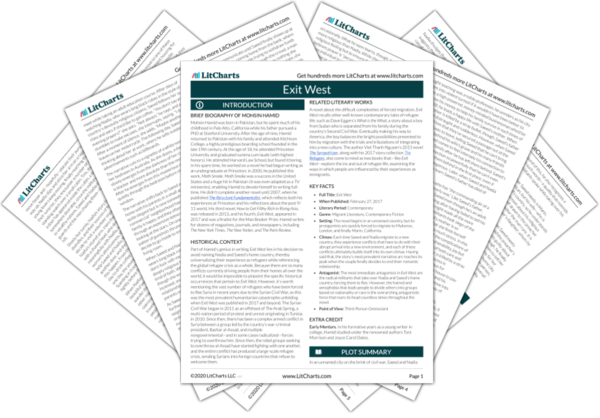Mohsin Hamid was born in Pakistan, but he spent much of his childhood in Palo Alto, California while his father pursued a PhD at Stanford University. After the age of nine, Hamid returned to Pakistan with his family and attended Aitchison College, a highly prestigious boarding school founded in the late 19th century. At the age of 18, he attended Princeton University and graduated summa cum laude (with highest honors). He attended Harvard Law School, but found it boring. In his spare time, he worked on a novel he had begun writing as an undergraduate at Princeton; in 2000, he published this work,
Moth Smoke.
Moth Smoke was a success in the United States and a huge hit in Pakistan (it was even adapted as a TV miniseries), enabling Hamid to devote himself to writing full-time. He didn't complete another novel until 2007, when he published
The Reluctant Fundamentalist, which reflects both his experiences at Princeton and his reflections about the post 9/11 world. His third novel,
How to Get Filthy Rich in Rising Asia, was released in 2013, and his fourth,
Exit West, appeared in 2017 and was a finalist for the Man Booker Prize. Hamid writes for dozens of magazines, journals, and newspapers, including
The New York Times,
The New Yorker, and
The Paris Review.
